The grocery store aisle is no longer just a place to grab a box of cereal or a gallon of milk. It’s a battleground for consumer trust, a testing ground for transparency, and a proving ground for brands that truly understand the needs of today’s shopper. Forget the old playbook, folks. The grocery landscape has changed, and the “new consumer” is in charge.
Who is this new consumer?
They’re health-conscious, scrutinizing every ingredient and label with the intensity of a detective. They’re skeptical, questioning marketing claims and seeking out independent sources of information. And they’re in control, demanding personalized experiences and products that align with their values.
The Rise of the Health-Conscious Shopper
Let’s face it, we’re living in a world obsessed with wellness. From fitness trackers to meditation apps, health is no longer just a trend; it’s a lifestyle. And this obsession is spilling over into the grocery aisles.
Consumers are increasingly aware of the impact of food on their health and well-being. They’re reading labels, researching ingredients, and seeking out products that are natural, organic, and free of artificial additives.
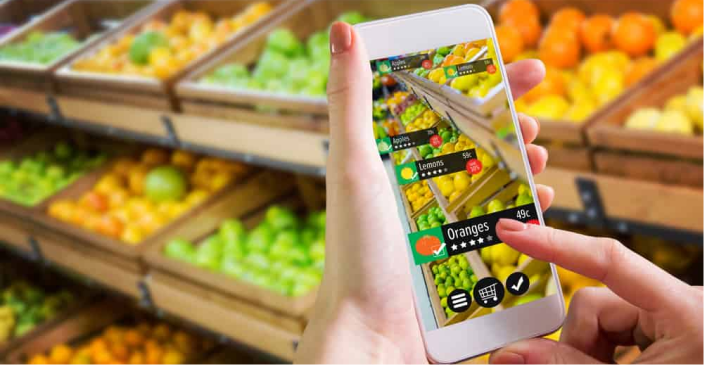
The numbers don’t lie:
- The global health and wellness market is booming, with a projected value of $7 trillion by 2025. (Source: Global Wellness Institute)
- 73% of consumers are willing to pay more for sustainable products. (Source: Nielsen)
- 67% of consumers read ingredient lists carefully. (Source: Label Insight)
This isn’t just a fad, folks. It’s a fundamental shift in consumer behavior, and grocery stores that ignore it do so at their own peril.
The Skeptical Consumer: Building Trust in a World of Misinformation
Remember those catchy jingles and colorful commercials that used to convince us to buy sugary cereals and processed snacks? Yeah, those days are over.
Today’s consumers are bombarded with information from all directions, and they’ve become experts at filtering out the noise. They’re skeptical of marketing claims, wary of greenwashing, and seeking out authentic, transparent brands they can trust.
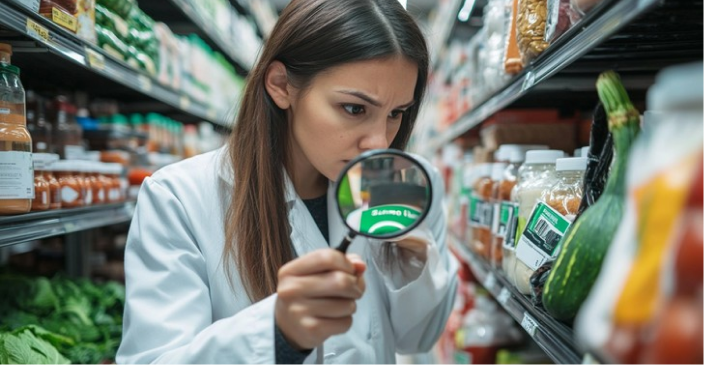
Trust is the new currency in the grocery industry, and it’s not easily earned. Brands need to go above and beyond to demonstrate their commitment to quality, safety, and ethical practices.
The Empowered Consumer: Taking Control of Their Health and Choices
The new consumer isn’t just health-conscious and skeptical; they’re also empowered. They’re taking control of their health and wellness, seeking out personalized information and experiences that cater to their individual needs.
This means providing shoppers with the tools and resources they need to make informed choices. Think detailed product information, nutritional comparisons, and personalized recommendations based on dietary restrictions and preferences.
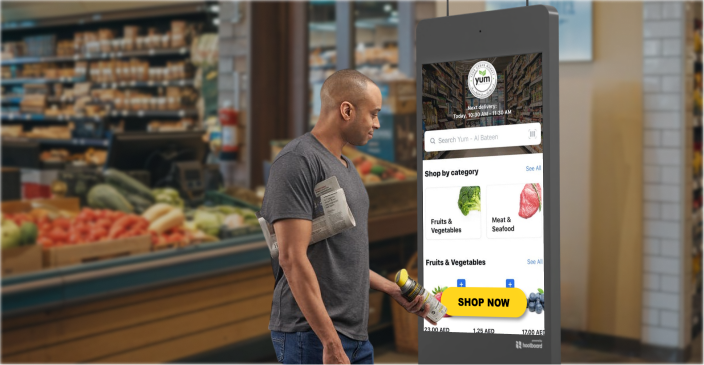
The days of one-size-fits-all marketing are over. The new consumer demands a personalized approach, and grocery stores that deliver will reap the rewards.
The Role of Technology in Empowering the New Consumer
Technology is playing a crucial role in empowering the new consumer. From mobile apps to digital displays, technology is providing shoppers with the information and tools they need to make informed choices.
- Mobile apps: Allow shoppers to create shopping lists, compare prices, access coupons, and learn more about products.
- Digital displays: Provide dynamic and engaging content, showcasing product information, nutritional facts, and healthy recipes.
Interactive kiosks: Offer personalized recommendations, wayfinding assistance, and even self-checkout options.
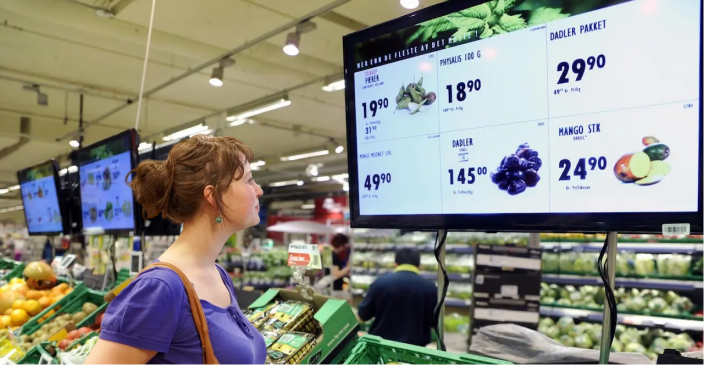
By seamlessly integrating technology into the grocery store environment, retailers can enhance the shopping experience and empower consumers to make healthier choices.
Meeting the Needs of the New Consumer: Strategies for Grocery Retailers
So, how can grocery retailers adapt to the needs of the new consumer? Here are a few key strategies:
- Embrace Transparency: Be upfront about your sourcing, ingredients, and manufacturing processes. Provide clear and concise product information, and don’t be afraid to answer tough questions.
- Build Trust: Invest in building relationships with your customers. Engage with them on social media, respond to their feedback, and show them that you care about their health and well-being.
- Offer Personalized Experiences: Use data and technology to personalize the shopping experience. Provide tailored recommendations, create targeted promotions, and offer convenient services like online ordering and curbside pickup.
- Empower Consumers: Give shoppers the tools and resources they need to make informed choices. Provide detailed product information, nutritional comparisons, and educational content about healthy eating.
Embrace Technology: Integrate technology seamlessly into the shopping experience. Use digital displays, interactive kiosks, and mobile apps to enhance engagement, provide information, and streamline operations.
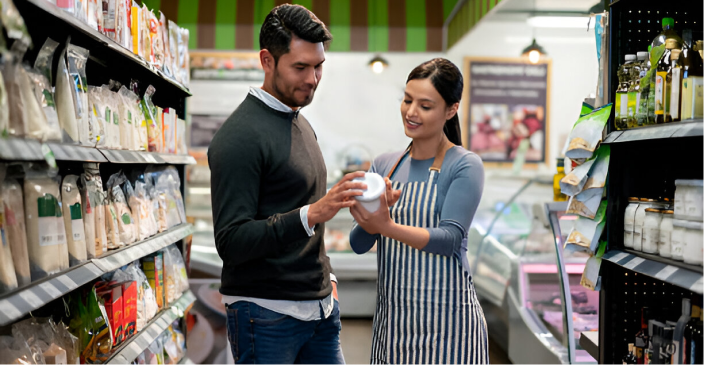
Conclusion
The new consumer is here to stay, and they’re not going away anytime soon. Grocery retailers that embrace transparency, build trust, and leverage technology to empower shoppers will be the ones that thrive in this evolving landscape.
The grocery aisle is no longer just a place to buy food; it’s a place to connect with consumers, build relationships, and foster a sense of community. By understanding the needs of the new consumer, grocery retailers can create a shopping experience that is not only healthy and sustainable but also engaging and rewarding.
